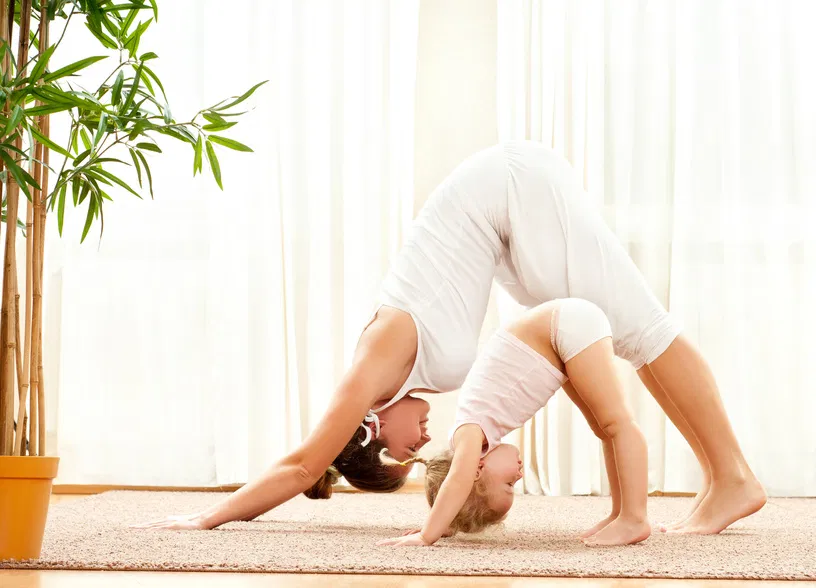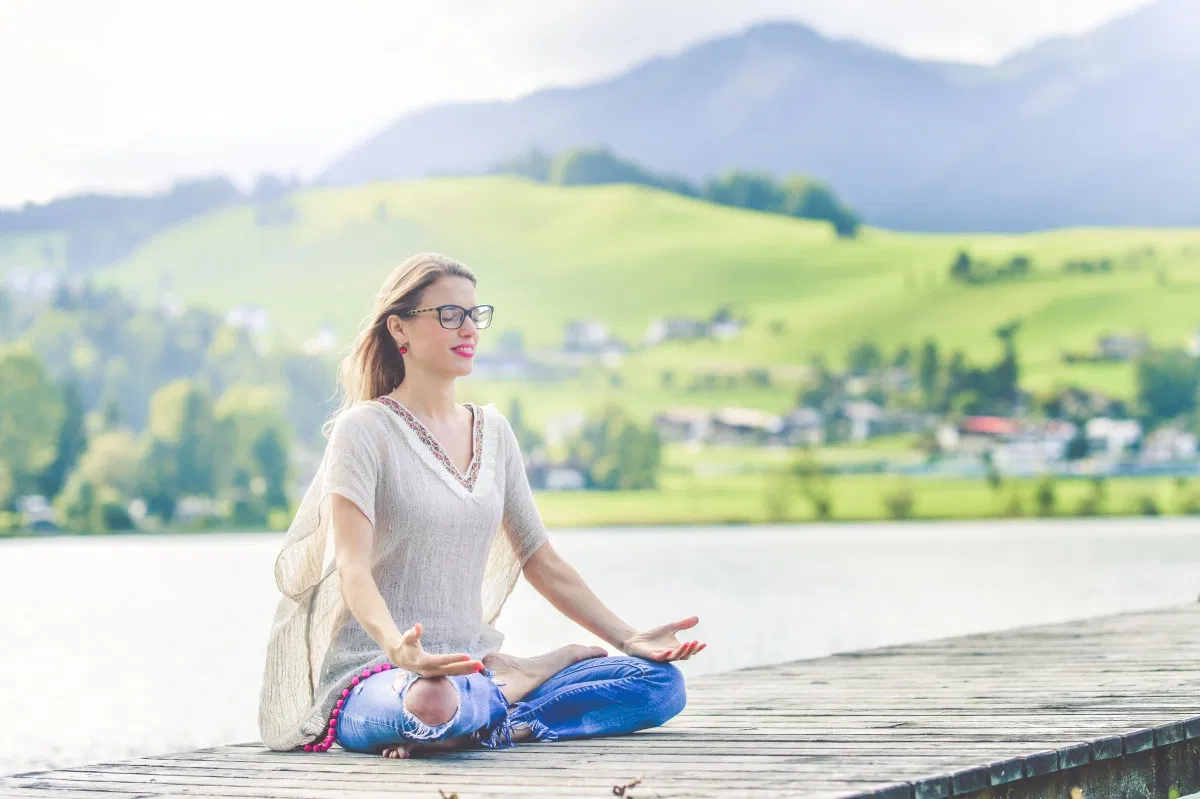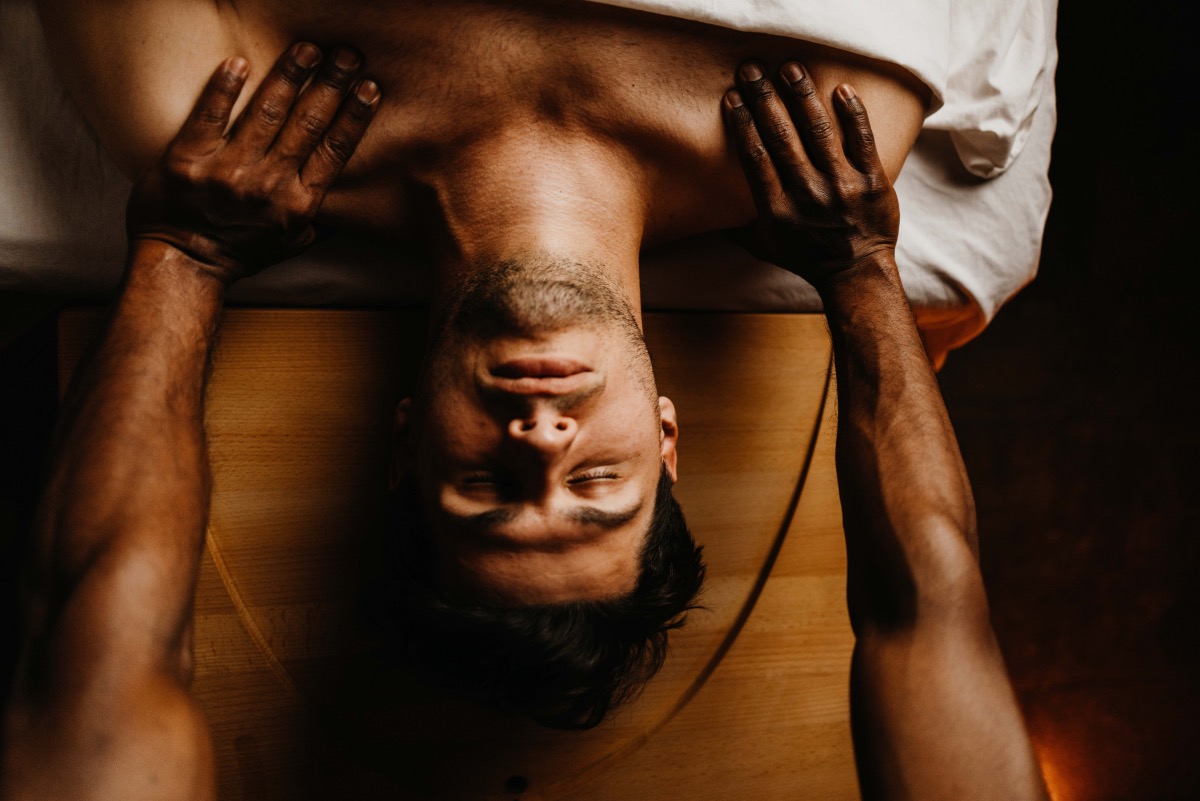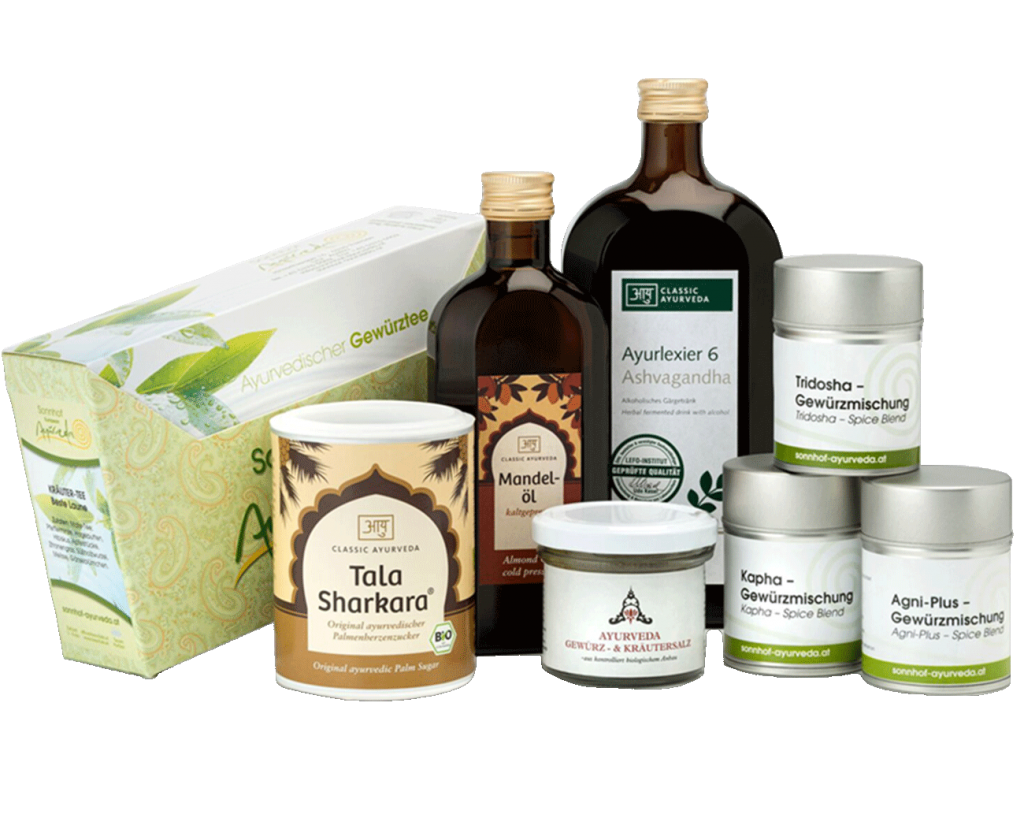Sun salutations and co. are a great way to relax and take a little time out. And what works so reliably for adults works just as well for the little ones! Children's yoga is now offered in many cities, but can also be practised at home. Read in this article how children can switch off with yoga exercises, why yoga has only advantages even at a young age, and what else there is to know about yoga for children.
Children's Yoga: What is it?
The goal is the same for both adult and children's yoga: the exercises should help to relax and improve body awareness. However, in practice there are some things that are very special about yoga for children.
- The instructions: Children can do little with spiritual terms and abstract concepts. In yoga, it is therefore all the more important that the child recognises the meaning behind the exercise. It should know what it can achieve with individual poses.
- The concrete situation: Children experience many moods in one day. Accordingly, yoga should be flexible. If the child has excess energy, fast movements are wonderful. But if it is sad or exhausted, some gentle exercises help to calm it down.
- The encouragement: Adults know that sometimes individual poses just don't work that well. But children then get frustrated easily, which is why it is all the more important to praise. Overall, it must always be conveyed: This is not a competition.
What the little ones can learn from yoga
Yoga also has a long-term effect on children that should not be underestimated. Introducing them to the practices at a young age has some advantages for their development.
- Stress is relieved. A child's everyday life can be stressful. Children first have to learn how to deal with it and get a good balance with yoga exercises. With playful asanas, smaller children discover what the body can actually do. Somewhat older children learn in the exercises, for example, which posture makes sitting for long periods at school more comfortable.
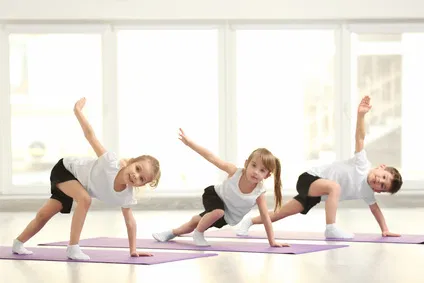
How yoga works with children
Children's yoga is usually oriented towards classical hatha yoga. This teaching includes, for example, the sun salutation as an introduction, followed by statically held postures, the asanas, and a relaxation phase.
Since children tend to be impatient, it makes little sense to drag out the individual phases. An appropriate yoga session with children aged 5 to 10 could therefore be structured as follows:
- Initial short relaxation and simple breathing exercises where the children can calm down and adjust to the practice
- The sun salutation in a few repetitions to make sure the children are warmed up
- Various child-friendly asanas in which the children learn to assess their bodies
- A short final phase of deep relaxation, for example in the form of a fantasy journey - after all, smaller children in particular usually see little point in lying still for minutes on end.
Of course, a meditation phase can follow at the end, but sitting still is difficult for many children. Meditation therefore makes more sense if the child is actually interested in it because, for example, it has already observed its parents meditating at home.
Exercises for children's yoga
Basically, children can do everything that adults can do, because they are more flexible and enjoy finding out their limits. The priority is always whether the child feels comfortable.
- The tree: The child stands straight with both feet on the mat. Now he puts one foot on top of the other. Both knees are very slightly bent. As soon as it is standing securely, the child raises its arms above its head and places its palms together. After a few calm breaths the side is changed.
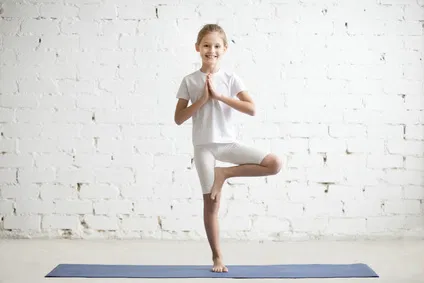
The range of yoga for children is just as wide as for the adult version. Children also benefit greatly psychologically when they can playfully test out their bodies and train to find balance at an early age. As long as there is no pressure and the child enjoys the yoga sessions, children's yoga is wonderful for a balanced development.
Cover photo: © Svetlana Fedoseeva - stock.adobe.com

